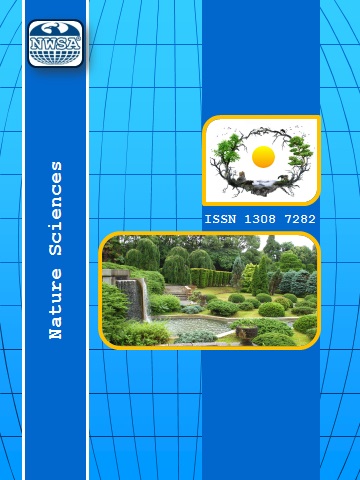GEOLOGICAL CHARACTERISTICS OF THE REGION GEREDE (BOLU)
Özlem TOPRAK1
,
Mehmet AKYAZI2
The study area covers an area of approximately 600km2 in the Gerede district of the Province of Bolu, which is located in 1/25.000 scale G28 a1 a2 a3 a4 topographical sheets showing north-west of Turkey. This study tried to reveal the general geology of the study region, which is bound by the Mengen district on the north and Gerede district on the southeast. The study area includes various rocks with similar lithology and stratigraphic sequence with ages ranging from the Paleozoic to Quaternary period. Although the base complex, which constitutes the oldest, rocks of the region, cannot be observed in the mapped geographical area in Gerede, though it's known to exist at the base. The limestones developed on the tithonic facies of Late Jurassic-Early Cretaceous age on the base complex of Permo-Triassic period are incompatible. It is determined that the Upper Jurassic-Lower Cretaceous aged limestones are rich in titonic facies and rich in calpionel contents. As a result of detailed paleontological and biostratigraphic studies on the samples; 3 calpionel species and 7 species of these species, including Tintinnopsella carpathica (Murgeanui & Filipescu), Crassicollaria brevis Remane, Crassicollaria intermedia (Durand Delga), Crassicollaria parvula Remane, Crassicollaria massutiniana (Colom), Calpionella alpina Lorenz, Calpionella elliptica Cadisch.
Keywords
Gerede, ,
General Geology,
Stratigraphy,
Paleozoyik,
Bolu,
 +90(535) 849 84 68
+90(535) 849 84 68 nwsa.akademi@hotmail.com
nwsa.akademi@hotmail.com Fırat Akademi Samsun-Türkiye
Fırat Akademi Samsun-Türkiye
